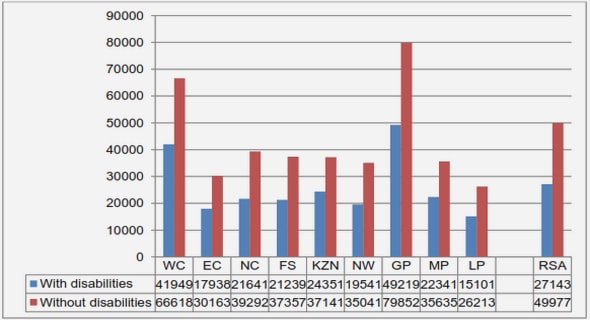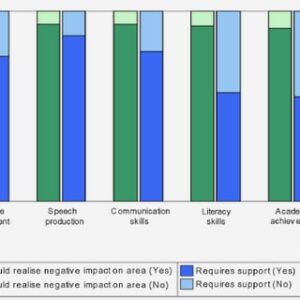(Downloads - 0)
For more info about our services contact : help@bestpfe.com
Table of contents
CHAPTER 1 COMMUNICATING MATERIAL: CONCEPT, CONTEXT AND POSITIONING
1.1 Product Lifecycle Management
1.2 Intelligent Product
1.2.1 Definition of intelligent product
1.2.2 Holonic paradigm
1.3 A new type of intelligent product: the communicating material
1.3.1 Definition of the communicating material
1.3.2 Holonic architecture for communicating material
1.3.3 Overview of Wireless Sensor Networks (WSN)
1.3.4 Multi-Agent System
1.4 CM application in the ANR McBIM project
1.4.1 The communicating concrete design
1.4.2 Position of communicating concrete in the CM paradigm
1.5 Proposed Holonic Approach and related research issues
CHAPTER 2 THE STATE OF THE ART ON PHYSICAL/DIGITAL PART
2.1 Physical part: Energy saving and estimation in WSN
2.1.1 In-network data reduction
2.1.2 Data aggregation energy-efficient routing protocols
2.1.3 Time synchronization
2.1.4 Energy consumption models for WSN
2.1.5 Synthesis
2.2 Digital part: energy management for communicating concrete
2.2.1 Holonic Control Architecture (HCA)
2.2.2 Multi-Agent System (MAS)
2.2.3 Recursive holarchy or MAS
2.3 Synthesis
CHAPTER 3 ENERGY CONSUMPTION FOR PERIODIC DATA COLLECTION IN WSN
3.1 Energy model of a communicating node
3.2 Data collection in a chain communication structure
3.2.1 Analytical model for data collection without aggregation
3.2.2 Analytical model for Data collection with aggregation
3.3 Analytical model for data aggregation in WSN
3.3.1 Energy consumption estimation method in WSN
3.3.2 Model for tree structure
3.3.3 Model for other structures
3.4 Conclusion
CHAPTER 4 RECURSIVE ARCHITECTURE FOR ENERGY MANAGEMENT OF COMMUNICATING MATERIAL
4.1 The proposed CM recursive architecture
4.2 Adapted MAS-R agent model
4.3 Composition / decomposition mechanisms
4.4 Interaction between agents for lifetime estimation
4.5 Cooperation between two aggregated elements
4.6 Energy consumption estimation scenarios
4.6.1 Data collection with lossy data aggregation
4.6.2 Energy consumption estimation for the composition of elements
4.7 Conclusion
CHAPTER 5 EXPERIMENTS, DEVELOPMENTS AND VALIDATION
5.1 Validation of the energy consumption model for a chain structure
5.1.1 Chain-based data collection platform
5.1.2 Energy consumption of Arduino nodes with XBee shield
5.1.3 Data collection in 3-node chain
5.1.4 Data collection in 6-node chain
5.2 Validation of recursive architecture
5.2.1 Analysis of energy consumption within a single communicating concrete
5.2.2 Using the simulator to analyze the First Node Death time
5.2.3 Cooperation of communicating concretes
5.3 Analysis
GENERAL CONCLUSION AND FUTURE WORKS
REFERENCES



